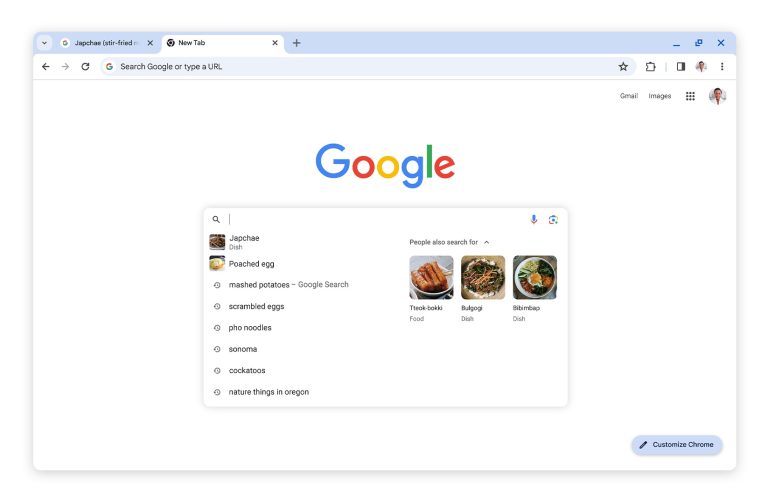Have you ever been browsing on Chrome and been prompted with a warning screen that says that the page you are about to visit has been identified as unsafe? It happens to most of us. Well, Google wants to catch even more dangerous websites and warn us even faster.
In a blog post, the company announced that it is making improvements to Safe Browsing on Google Chrome. It says that, currently, “Safe Browsing assesses more than 10 billion URLs and files every day, showing more than 3 million user warnings for potential threats.”
However, the browser probably isn’t checking for dangerous websites as often as you think it is. The browser actually stores a file of sites it knows to be dangerous and updates it every hour, but Google says this isn’t effective enough since most malicious websites only exist for about 10 minutes.
Previously, the Standard protection mode of Safe Browsing used a list stored on your device to check if a site or file was known to be potentially dangerous. That list is updated every 30 to 60 minutes — but we’ve found that the average malicious site actually exists for less than 10 minutes.

This creates an obvious opportunity for those who create these malicious websites to sneak in and cause harm before Google can identify, flag, and update its Chrome browser to warn its users. So, the company is changing how it approaches this.
Going forward, Chrome will now check sites against Google’s server-side list in real-time — no more time delay for malicious websites to sneak in.
So now, the Standard protection mode for Chrome on desktop and iOS will check sites against Google’s server-side list of known bad sites in real time. If we suspect a site poses a risk to you or your device, you’ll see a warning with more information. By checking sites in real time, we expect to block 25% more phishing attempts.
Thankfully, it appears that the company has ensured that your browsing, even with this server-side functionality, comes with privacy in mind. Google says: “The new capability — also rolling out to Android later this month — uses encryption and other privacy-enhancing techniques to ensure that no one, including Google, knows what website you’re visiting.”
I’ll take better protection online any day, so I’m happy to see this update. However, I’ll still stick with Safari for now. Chrome is only used for work for me.








